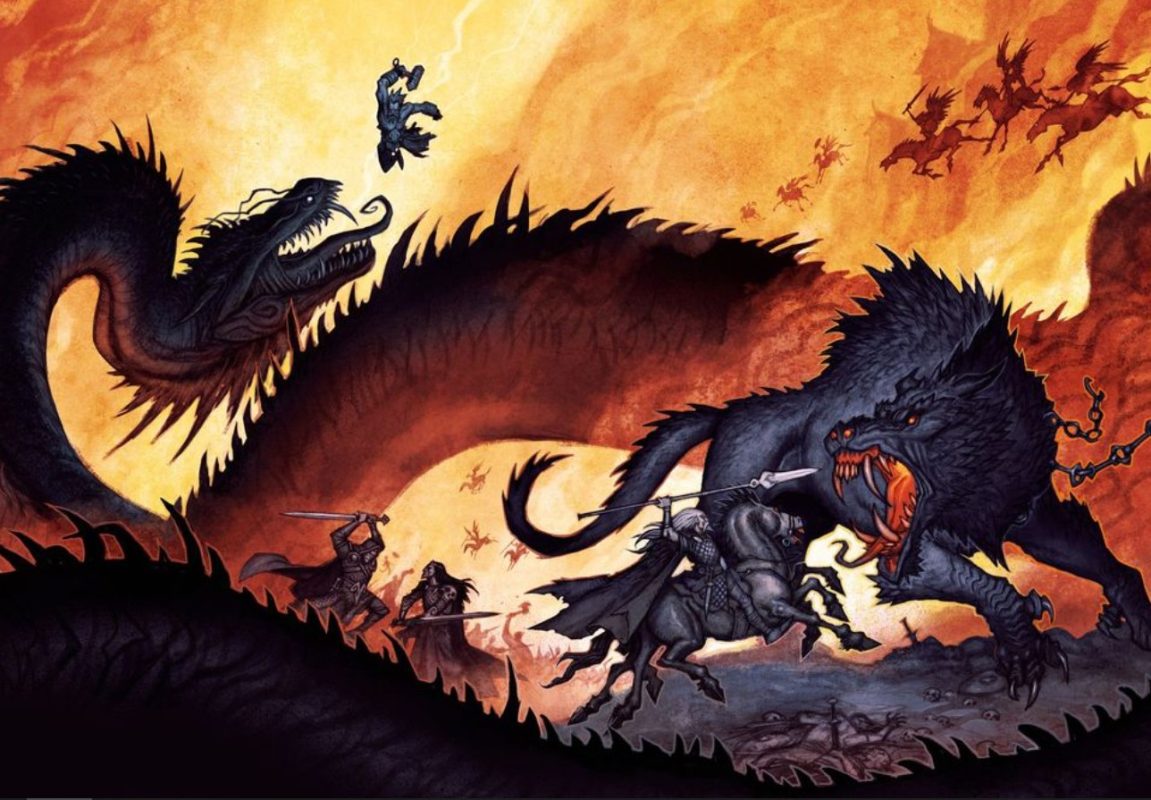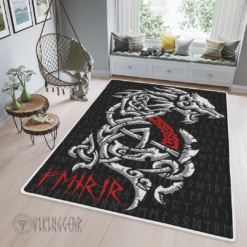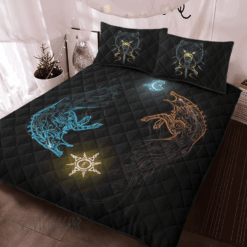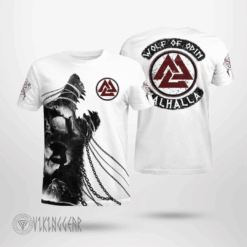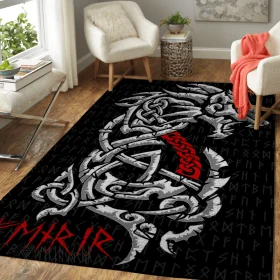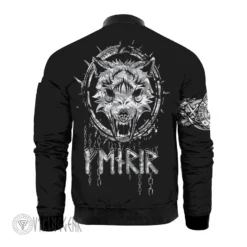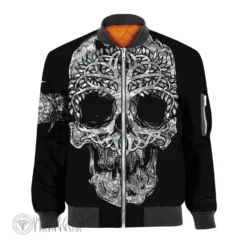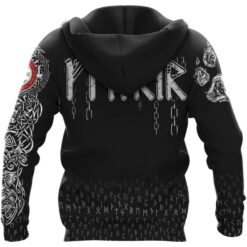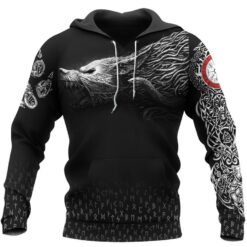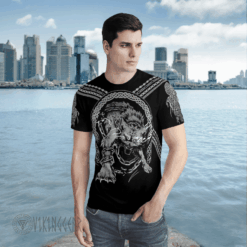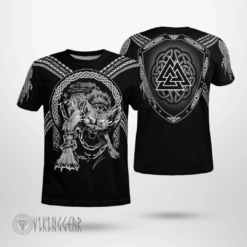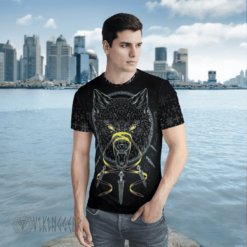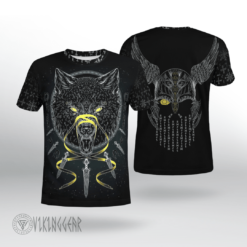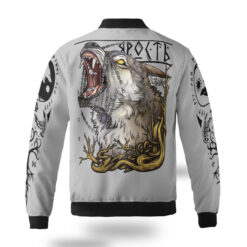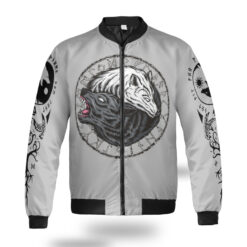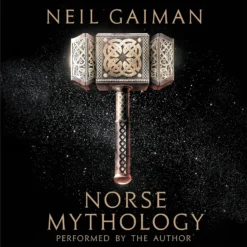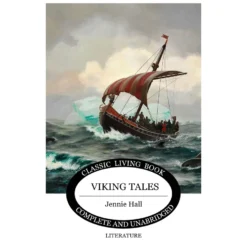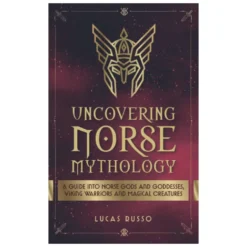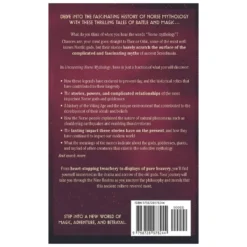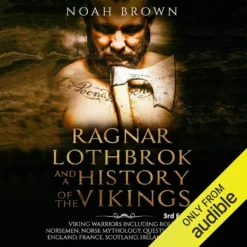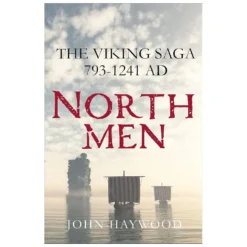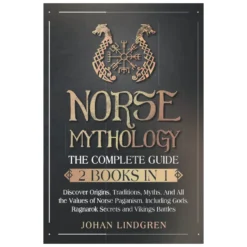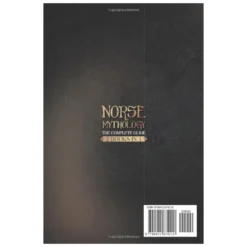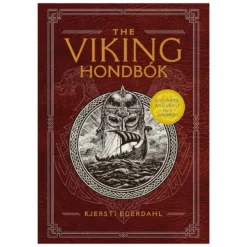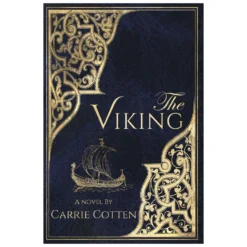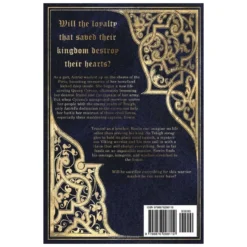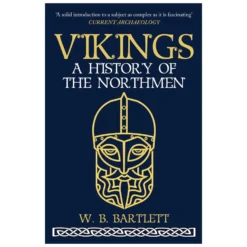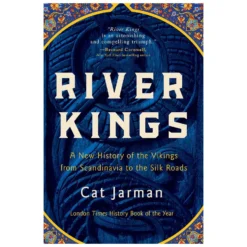Viking Blog
9 Norse Legends About Ragnarok: The Twilight of the Gods
Norse mythology presents a detailed depiction of Ragnarok. It is a cataclysmic event that ends the world and paves the way for its rebirth. This apocalyptic tale has drama, betrayal, and a clash among gods, giants, and monsters. Here are nine key legends about Ragnarok:
1. The Prophecy of Ragnarok
The story of Ragnarok begins with a prophecy. The seeress in the poem Völuspá foretells a series of events. They will end in the cosmos’ destruction. These include the deaths of beloved gods, natural disasters, and epic battles. They will shape the future. This prophecy highlights the inevitability of fate in Norse culture.
- Völuspá, a poem in the Poetic Edda, serves as the primary source for this prophecy.
- A völva (seeress) recounts a vision of the future. It tells of the world’s creation and the rise and fall of the gods. It also tells of Ragnarok, which will consume everything in fire. This prophecy emphasizes that fate remains predetermined and unavoidable, even for the gods.
2. The Fimbulwinter
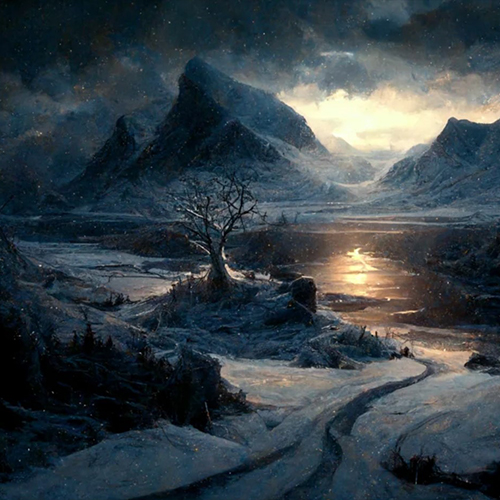
Before Ragnarok, the world will face Fimbulwinter. It is a harsh, three-year winter without any summer. Crops will fail. Humanity will descend into chaos, with brothers turning against each other. This long winter sets the stage for the final collapse.
- Meaning: “Great Winter”
- Details: Three consecutive winters without intervening summers will grip the world. Snow will fall from all directions, and the sun will be unable to provide warmth. This will cause famine, conflict, and societal collapse. It will set a bleak stage for Ragnarok.
3. The Breaking of Loki’s Bonds
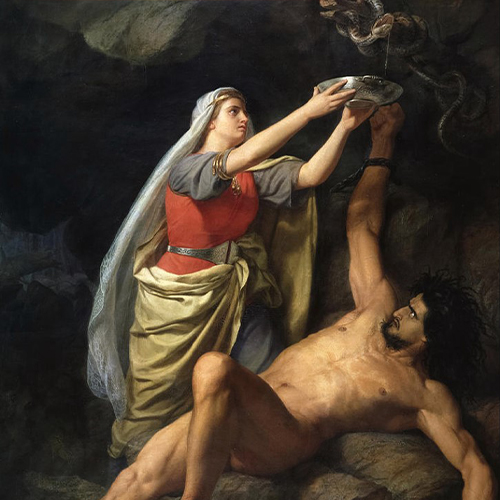
Loki, the trickster god, plays a pivotal role in Ragnarok. Bound in chains as punishment for his role in the death of Baldr, Loki will find a way to break free. His escape signifies the beginning of the end, as he gathers the forces of chaos to challenge the gods.
- Background: The gods bound Loki with the entrails of his son Narfi. He had tricked the blind god Hodr into killing Baldr, the god of light.
- As Ragnarok nears, earthquakes will shatter the Earth. This will allow Loki to break free from his bonds. He will then join the giants in their assault on Asgard.
4. The Arrival of Surtr
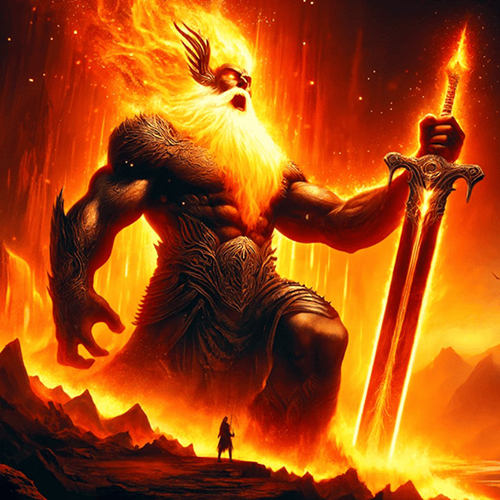
From the fiery realm of Muspelheim comes Surtr, a giant wielding a flaming sword. He will lead an army of fire giants to destroy Asgard, the home of the gods. Surtr’s flames will engulf the world, leaving nothing but ashes.
- Origin: Muspelheim, the fiery realm in the south.
- Surtr, a fire giant with a flaming sword, will lead Muspelheim’s forces. He will burn the Bifrost rainbow bridge. He will then engulf Asgard and the world in flames.
5. The Death of Odin
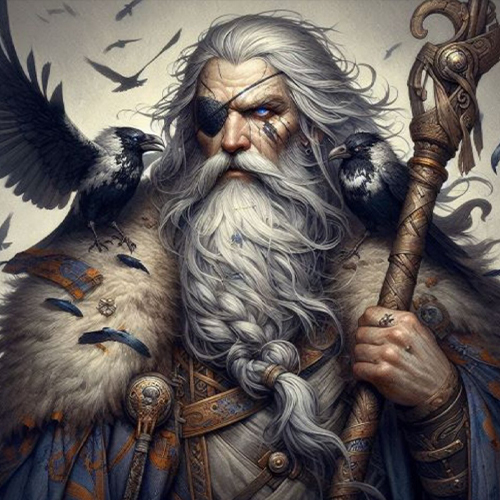
Odin, the All-Father, will face the monstrous wolf Fenrir in battle. Despite his wisdom and preparations, Odin will fall to Fenrir’s jaws. This moment symbolizes the ultimate fall of order and leadership in the Norse cosmos.
- Opponent: Fenrir, the monstrous wolf and son of Loki.
- Despite his wisdom and power, fate has decreed that Fenrir will swallow Odin whole. This signifies the fall of the highest god and the collapse of divine order.
6. Thor and the World Serpent
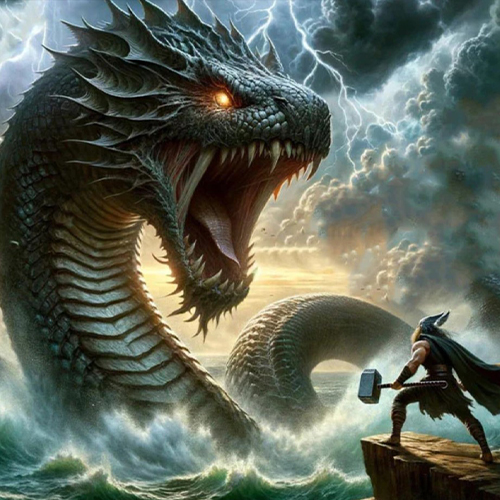
Thor, the god of thunder, will battle Jörmungandr, the World Serpent. The clash will be fierce, and Thor will slay the serpent. Yet, he will only take nine steps before succumbing to its venom. This mutual destruction underscores the bittersweet nature of victory in Norse myths.
- Opponent: Jörmungandr, a giant serpent encircling the world.
- Details: Thor will engage in a titanic struggle with Jörmungandr. He will kill the serpent with his hammer, Mjolnir, but its venom will kill him after nine steps.
7. Heimdall and Loki’s Final Duel
Heimdall, the watchman of the gods, and Loki will face each other in a climactic duel. Both will perish in the battle. It will show the tragic cost of the conflict as chaos and order destroy each other.
- Heimdall, the watchman of the gods, will sound his horn, Gjallarhorn, to alert the gods to the coming battle.
- He and Loki, long-time enemies, will then duel to the death, killing one another.
8. The Devouring of the Sun and Moon
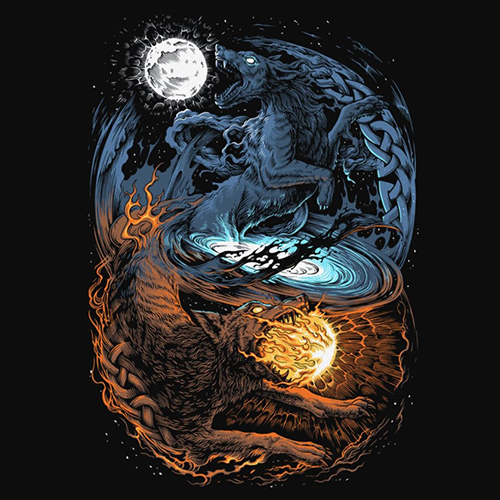
Two wolves, Sköll and Hati, will finally catch and devour the sun and moon, plunging the world into darkness. This act symbolizes the end of time and the cosmic cycle.
- The wolves Sköll and Hati have been pursuing the sun and moon without rest. They will finally catch and devour them, plunging the world into darkness.
9. The Rebirth of the World
Despite the devastation, Ragnarok is not the end but a new beginning. A few gods will survive, including Víðarr and Váli. Two human survivors, Lif and Lifthrasir, will emerge to repopulate the Earth. The reborn world will be green and fertile, and the cycle of life will continue.
- Survivors: A few gods, including Víðarr (who will avenge Odin by killing Fenrir) and Váli, will survive. Two humans, Líf and Lífthrasir, will emerge from Hoddmímis holt (a world tree). They will repopulate the world.
- Details: The Earth will rise again from the sea, cleansed and renewed. The surviving gods will meet, and a new age of peace and prosperity will begin.
Conclusion
Ragnarok embodies the Norse view of existence’s cyclical nature: destruction leads to renewal. These legends tell not only of doom but also of hope, resilience, and the inevitability of change. They remain a powerful testament to the rich and enduring legacy of Norse mythology.

